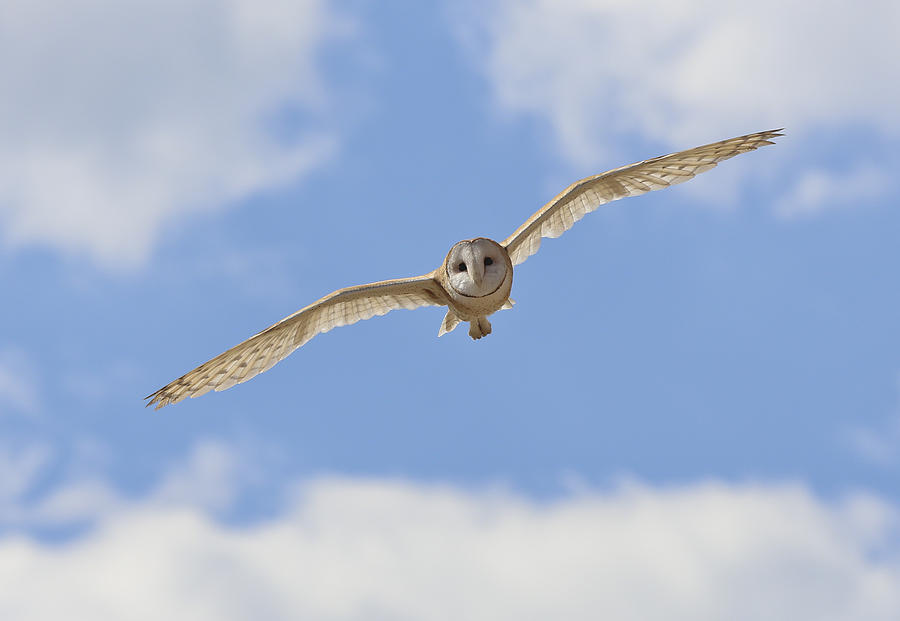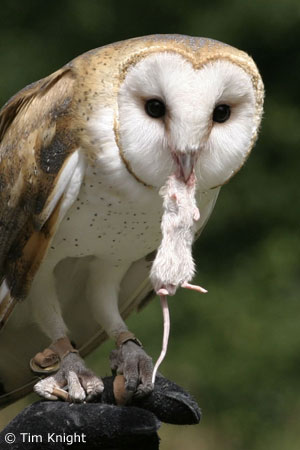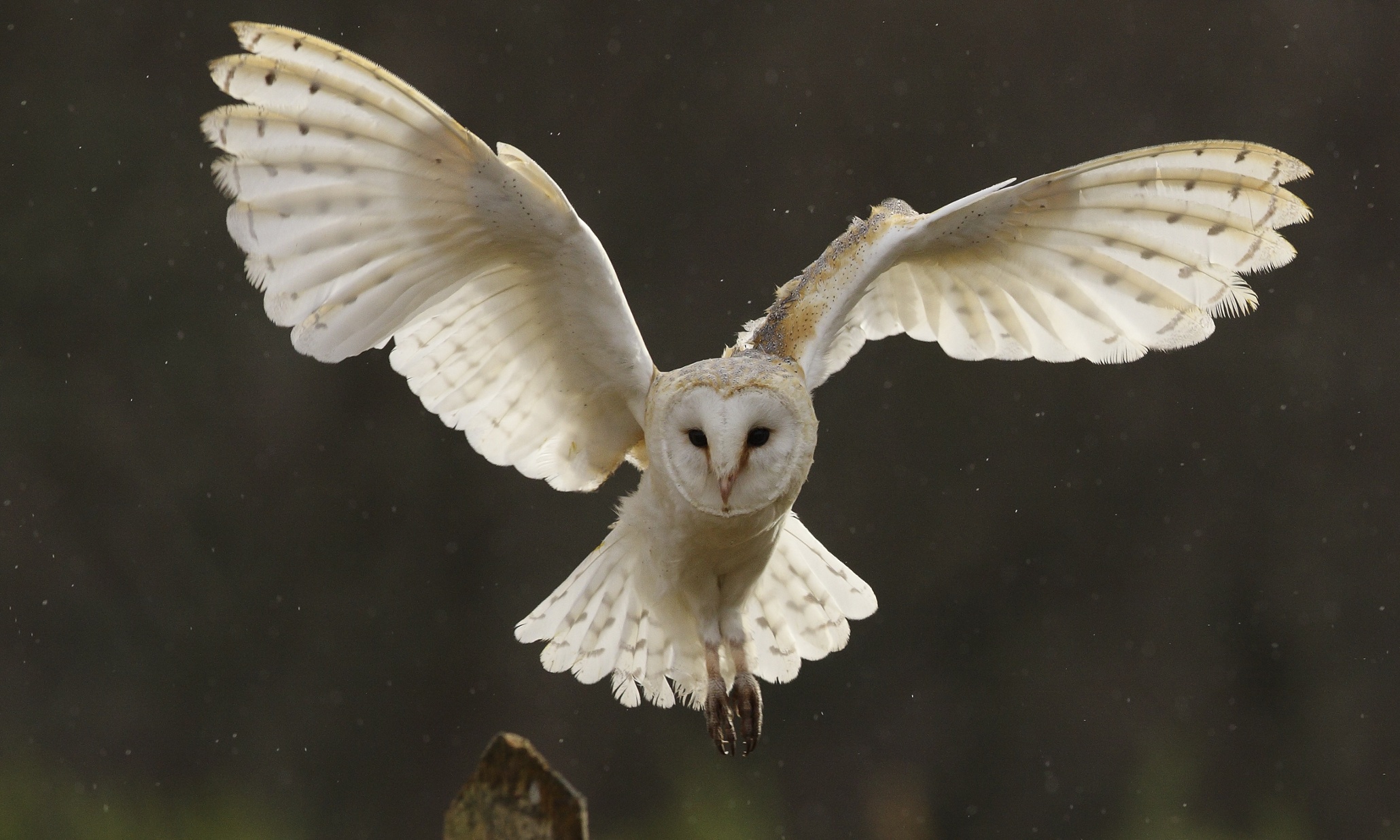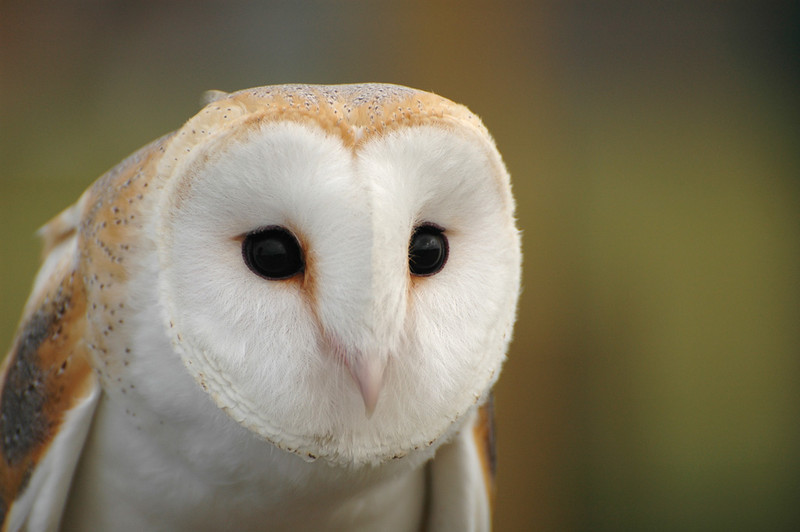- Joined
- Feb 25, 2016
- Messages
- 65
- Reaction score
- 34


INTENT
I wanted to create a potential pet species for characters that are able to understand and carry out commands in a war setting. They are predatory birds and they are intelligent, as well as having the rare ability to sometimes form a Force Bond with sentients trained in using the Force. They can be trained to do a wide variety of things, including but not limited to relaying messages, fetching small objects, attacking and/or killing specific targets, hunting small animals or fish for meals, communicating with sentients, calling out messages, etc. This is a pet with loads of potential for almost any type of character out there and can be tailored to each character's specific needs.
I wanted to create a potential pet species for characters that are able to understand and carry out commands in a war setting. They are predatory birds and they are intelligent, as well as having the rare ability to sometimes form a Force Bond with sentients trained in using the Force. They can be trained to do a wide variety of things, including but not limited to relaying messages, fetching small objects, attacking and/or killing specific targets, hunting small animals or fish for meals, communicating with sentients, calling out messages, etc. This is a pet with loads of potential for almost any type of character out there and can be tailored to each character's specific needs.

Biology

Biology
Bruthaan Owls are a subspecies of the common barn owl, and are found in all areas of the galaxy except for harsh ice environments or hot desert areas. Bruthans are found in all of these areas as well, but are very rare compared to their common cousins. Bruthaans are very similar to the common barn owls, with a few specific differences. The first is their size. Common barn owls are usually between 13-15 inches tall while Bruthaans are usually between 16-20 inches tall. Their wingspans are commonly at least four feet wide, sometimes up to five feet.
Bruthaan Owls, just like the common barn owls, come in a wide variety of colors. Their back, leg, and wing feathers are typically some shade of brown, gray, white, or black and will sometimes be spotted. Their chest and face feathers are usually pure white, but sometimes come in pale shades of brown or gray. Their face has the same characteristic heart shape of the common barn owl.
Males are usually somewhat smaller than females. Males also tend to be paler in color and sport fewer spots on their feathers. This is because when a female is incubating a clutch of eggs or nestlings, they all rely on the male to bring food for them.
Wild owls tend to only live between 5-10 years of age, having many factors to compete with year to year for survival. In captivity, however, they are safer from those elements and predators and live between 20-30 years. Of course once past about 20 years of age their health, dexterity, senses, and overall energy begin to deplete drastically.
Owls are nocturnal and prefer to hunt or generally be active mainly at nighttime. They have an incredibly keen sense of hearing and rely on this sense more than eyesight to hunt. Bruthaan Owls as well as common barn owls have long, broad wings that allow them to maneuver tight spaces and turn abruptly when needed. Their toes and legs are long which allows it to forage in dense plants and under snow, but also gives it a wide spread of its talons when attacking.
Owls moult their feathers frequently. In the case of a mating pair, the female begins moulting when incubation of eggs begins. Once the female has fully moulted and is able to fly efficiently again - usually after the nestlings are grown and moved on - the male will begin his moulting. In the case of unattached owls with no family obligations, or an owl in captivity, the moult usually begins early in the year or at a time when food is plentiful.
The biggest difference between Bruthaan Owls and common barn owls is their uncanny ability to communicate with sentients. This is due in large part to their connection with the Force. No one really knows why these owls adapted and evolved with that connection, but it is certainly there. Some can communicate by sending pictures to the mind of a person, some only understand what is being said and can act on it, some can learn to communicate with specific hoots and sounds. Every one is different, but if a person is willing to take the time to bond with and understand one of these owls, it is common for them to be able to communicate with the bird. Some Bruthaans will even form a Force Bond with a sentient if they are around that person long enough.
Breeding
Bruthaan Owls, like common barn owls, maintain monogamous relationships meaning they form a life bond with their first mate and will not take another unless one partner dies. Unattached females generally remain in their current roost or nest and will respond when unattached males screech out signals while looking for a mate.
Female owls are able to begin laying eggs by the end of their first year of life. Males can also breed at this time, though some wait until the year after. Before mating, the female spends most of her time near the nest and is brought food by the male. When she is at a peak weight, the male presents food once again and this time mating occurs. Clutches usually contain between 2-9 eggs, but eggs are not lain all at one time. Incubation time is usually around 30 standard days from the time each individual egg was lain.
Newly hatched chicks are small and covered will fluffy down. After two standard weeks they are half their adult weight, but haven't grown feathers yet. When the chicks are four weeks old they can consume food whole and are starting to grow feathers. At this time and no sooner will the female begin to leave the nest and roost elsewhere. At six weeks the chicks are as big as the adults and by nine weeks they can leave the nest briefly on their own. By about three months of age, the female has taught them to fly and hunt and they are able to leave the nest and be dependent.
Diet
An owl's diet is largely dependent on the area in which it lives. They predominantly consume small mammals such as mice, voles, or rats, but will also commonly take insects, bats, lizards, or small birds as well. Owls will often cache excess food near its roost for consumption when food becomes scarce.
Owls consume smaller prey whole, while larger prey is bitten into segments before being consumed. A few hours after being digested the undigestible parts of their meals, such as bones and fur, are regurgitated as pellets.
Behavior
Owls have personalities just as sentients do. An individual bird will have its own likes and dislikes as well as its own emotions and thoughts. Overall, the Bruthaans are an exceptionally intelligent species and are generally quite companionable in captivity. They usually don't take to more than one person, but the one they do acts as a subsitute for their mating life bond. The owl becomes protective of its sentient master and willingly does their bidding, provided that master has taken the time and energy to bond with and understand the bird.
Bruthaan Owls are a subspecies of the common barn owl, and are found in all areas of the galaxy except for harsh ice environments or hot desert areas. Bruthans are found in all of these areas as well, but are very rare compared to their common cousins. Bruthaans are very similar to the common barn owls, with a few specific differences. The first is their size. Common barn owls are usually between 13-15 inches tall while Bruthaans are usually between 16-20 inches tall. Their wingspans are commonly at least four feet wide, sometimes up to five feet.
Bruthaan Owls, just like the common barn owls, come in a wide variety of colors. Their back, leg, and wing feathers are typically some shade of brown, gray, white, or black and will sometimes be spotted. Their chest and face feathers are usually pure white, but sometimes come in pale shades of brown or gray. Their face has the same characteristic heart shape of the common barn owl.
Males are usually somewhat smaller than females. Males also tend to be paler in color and sport fewer spots on their feathers. This is because when a female is incubating a clutch of eggs or nestlings, they all rely on the male to bring food for them.
Wild owls tend to only live between 5-10 years of age, having many factors to compete with year to year for survival. In captivity, however, they are safer from those elements and predators and live between 20-30 years. Of course once past about 20 years of age their health, dexterity, senses, and overall energy begin to deplete drastically.
Owls are nocturnal and prefer to hunt or generally be active mainly at nighttime. They have an incredibly keen sense of hearing and rely on this sense more than eyesight to hunt. Bruthaan Owls as well as common barn owls have long, broad wings that allow them to maneuver tight spaces and turn abruptly when needed. Their toes and legs are long which allows it to forage in dense plants and under snow, but also gives it a wide spread of its talons when attacking.
Owls moult their feathers frequently. In the case of a mating pair, the female begins moulting when incubation of eggs begins. Once the female has fully moulted and is able to fly efficiently again - usually after the nestlings are grown and moved on - the male will begin his moulting. In the case of unattached owls with no family obligations, or an owl in captivity, the moult usually begins early in the year or at a time when food is plentiful.
The biggest difference between Bruthaan Owls and common barn owls is their uncanny ability to communicate with sentients. This is due in large part to their connection with the Force. No one really knows why these owls adapted and evolved with that connection, but it is certainly there. Some can communicate by sending pictures to the mind of a person, some only understand what is being said and can act on it, some can learn to communicate with specific hoots and sounds. Every one is different, but if a person is willing to take the time to bond with and understand one of these owls, it is common for them to be able to communicate with the bird. Some Bruthaans will even form a Force Bond with a sentient if they are around that person long enough.
Breeding
Bruthaan Owls, like common barn owls, maintain monogamous relationships meaning they form a life bond with their first mate and will not take another unless one partner dies. Unattached females generally remain in their current roost or nest and will respond when unattached males screech out signals while looking for a mate.
Female owls are able to begin laying eggs by the end of their first year of life. Males can also breed at this time, though some wait until the year after. Before mating, the female spends most of her time near the nest and is brought food by the male. When she is at a peak weight, the male presents food once again and this time mating occurs. Clutches usually contain between 2-9 eggs, but eggs are not lain all at one time. Incubation time is usually around 30 standard days from the time each individual egg was lain.
Newly hatched chicks are small and covered will fluffy down. After two standard weeks they are half their adult weight, but haven't grown feathers yet. When the chicks are four weeks old they can consume food whole and are starting to grow feathers. At this time and no sooner will the female begin to leave the nest and roost elsewhere. At six weeks the chicks are as big as the adults and by nine weeks they can leave the nest briefly on their own. By about three months of age, the female has taught them to fly and hunt and they are able to leave the nest and be dependent.
Diet
An owl's diet is largely dependent on the area in which it lives. They predominantly consume small mammals such as mice, voles, or rats, but will also commonly take insects, bats, lizards, or small birds as well. Owls will often cache excess food near its roost for consumption when food becomes scarce.
Owls consume smaller prey whole, while larger prey is bitten into segments before being consumed. A few hours after being digested the undigestible parts of their meals, such as bones and fur, are regurgitated as pellets.
Behavior
Owls have personalities just as sentients do. An individual bird will have its own likes and dislikes as well as its own emotions and thoughts. Overall, the Bruthaans are an exceptionally intelligent species and are generally quite companionable in captivity. They usually don't take to more than one person, but the one they do acts as a subsitute for their mating life bond. The owl becomes protective of its sentient master and willingly does their bidding, provided that master has taken the time and energy to bond with and understand the bird.


Uniqueness
Ability to communicate with sentients.
Ability to form Force Bonds.
Strengths
Bruthaan owls are exceptionally good at hunting prey that has taken flight, as they rely on hearing rather than sight to track. They are very intelligent and can be trained to do a multitude of things by the sentient they have bonded with. Their talons are sharp and make devastating weapons against small targets. They have a connection to the Force, making them an invaluable companion to anyone, but especially to a trained Force user.
Weaknesses
They are after all just an owl. They will not be able to inflict serious damage on any sentient being and are liable to get seriously injured while attacking someone. While they are very intelligent, they can't learn a hundred different things. Three or four complicated tasks is about all they would realistically be able to master.
Ability to communicate with sentients.
Ability to form Force Bonds.
Strengths
Bruthaan owls are exceptionally good at hunting prey that has taken flight, as they rely on hearing rather than sight to track. They are very intelligent and can be trained to do a multitude of things by the sentient they have bonded with. Their talons are sharp and make devastating weapons against small targets. They have a connection to the Force, making them an invaluable companion to anyone, but especially to a trained Force user.
Weaknesses
They are after all just an owl. They will not be able to inflict serious damage on any sentient being and are liable to get seriously injured while attacking someone. While they are very intelligent, they can't learn a hundred different things. Three or four complicated tasks is about all they would realistically be able to master.


Society
Owls are largely independent creatures, save during mating seasons. They usually have their own territory, which varies depending on what is available, how abundant food is, and what other predators are in the area. Couples form a life long mating bond and will only mate with the same partner year after year. This will only change if one partner dies, then the other will look for a new partner. Females share territory with the males and roost together during breading season and while eggs or nestlings are present. During the rest of the year, they usually roost separately.
Communication
Owls communicate verbally with a variety of sounds. They can imitate a snake hissing to warn of intruders, they hoot or shriek, click their beak or their tongue, and chirrup to convey a variety of emotions, wants, or thoughts.
In addition to verbal communication, Bruthaan Owls can communicate via the Force. With other animals (usually they only do so with other owls) and with sentients they can convey pictures, emotions, thoughts, or needs.
Technology
Owls are non sentient and therefore do not have or use any sort of technology.
Owls are largely independent creatures, save during mating seasons. They usually have their own territory, which varies depending on what is available, how abundant food is, and what other predators are in the area. Couples form a life long mating bond and will only mate with the same partner year after year. This will only change if one partner dies, then the other will look for a new partner. Females share territory with the males and roost together during breading season and while eggs or nestlings are present. During the rest of the year, they usually roost separately.
Communication
Owls communicate verbally with a variety of sounds. They can imitate a snake hissing to warn of intruders, they hoot or shriek, click their beak or their tongue, and chirrup to convey a variety of emotions, wants, or thoughts.
In addition to verbal communication, Bruthaan Owls can communicate via the Force. With other animals (usually they only do so with other owls) and with sentients they can convey pictures, emotions, thoughts, or needs.
Technology
Owls are non sentient and therefore do not have or use any sort of technology.


Planet
These owls were named after the first person to effectively use the Force to communicate with one, Endarr Bruthaan. Barn owls are commonplace across the galaxy, but Bruthaan Owls originated on the planet Alderaan, in the forested mountain regions of the peaceful planet. When their uncanny ability to communicate became known many people became endeared by the species. Since they first began establishing positive relationships with the humans on Alderaan, many were taken off world as pets or interesting show pieces. Over time this transportation became widely spread enough that the owls began inhabiting, breeding, and establishing themselves on various other planets with the right climate and terrain conditions. Nowadays almost any planet with forests and/or mountains are likely to contain a few Bruthaan Owls.
Origins
No one really knows why the Bruthaan Owls evolved separately from common barn owls. It is not known where their connection with the Force came from or why they are larger than common barn owls.
These owls were named after the first person to effectively use the Force to communicate with one, Endarr Bruthaan. Barn owls are commonplace across the galaxy, but Bruthaan Owls originated on the planet Alderaan, in the forested mountain regions of the peaceful planet. When their uncanny ability to communicate became known many people became endeared by the species. Since they first began establishing positive relationships with the humans on Alderaan, many were taken off world as pets or interesting show pieces. Over time this transportation became widely spread enough that the owls began inhabiting, breeding, and establishing themselves on various other planets with the right climate and terrain conditions. Nowadays almost any planet with forests and/or mountains are likely to contain a few Bruthaan Owls.
Origins
No one really knows why the Bruthaan Owls evolved separately from common barn owls. It is not known where their connection with the Force came from or why they are larger than common barn owls.
Template created by Haro.
